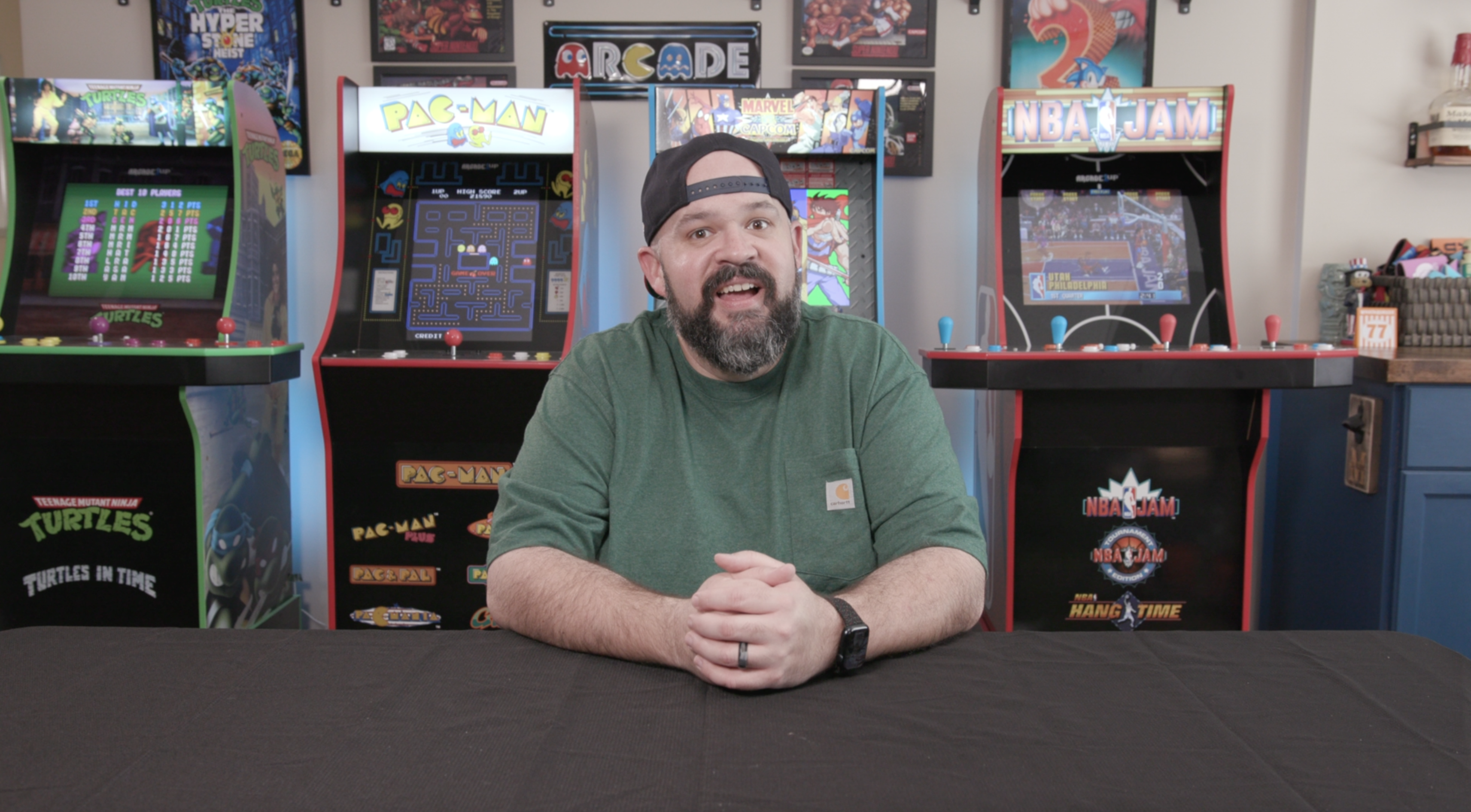ONE GARDENER TO ANOTHER: Gardeners without borders
Published 7:00 am Monday, March 8, 2021
Garden beds are a wonderful addition to any home. When properly laid out and maintained, they add a visually appealing element to the landscaping, which ultimately increases the value of your home. When we bought our home, the backyard didn’t have any flower beds. We immediately started to make a plan to add some life to the otherwise boring area.
Over the course of a few years, my menfolk removed turfgrass to create a large, oval island in the center of the lawn and a long planting bed along the fence line. Gradually, we added trees and shrubs to fill the space, as we worked our way to the borders of the beds.
Unfortunately, someone else was making a run for the border – the turfgrass! Islands and planting beds may look great with the grass butting directly up to the edge; however, you’ll spend a lot of time and energy keeping the grass from invading the space.
Borders not only keep grass and weeds from getting in and mulch from spilling out, but they also give the space definition and a polished look, as well as protecting plants from being damaged by lawn mowers, edgers and weed-whackers.
There are a variety of border options to choose from based on the look you are trying to achieve. If you have existing planting beds and are thinking of adding a border, this is an ideal time to add this feature, while plants are dormant. If starting from scratch, add border material and landscaping fabric before adding plants.
Aluminum edging is light, won’t rust and is flexible, allowing you to curve it to the shape of the island. Because it is installed so that it is flush with the lawn, it’s a subtle option that is almost unnoticeable. Plastic edging has all of the same advantages of aluminum, as well as being a less expensive option. However, it damages easily and can become brittle over time.
Steel edging is installed in the same manner as its aluminum and plastic counterparts; however, steel does not give the same flexibility, is a more expensive option and will rust. Edging is generally between 4 to 6 inches in width and, when sunk into the ground, makes it difficult for grass and weeds to invade the growing bed.
There is also an assortment or composite edging that is molded into stylish designs to mimic fencing, stone and wooden boards. This style of edging has a minimal amount of material submerged underground but finds its worth in holding mulch and soil in, as well as adding a decorative hardscape element.
Bricks are a very popular option for edging. They provide a sturdy, manicured aspect and come in an array of colors and shapes. Bricks can be dug in to lay flush with ground, making mowing easier, or can be positioned on their side, straight up lengthwise, or canted on an angle to create an interesting border. Bricks are virtually maintenance-free and easy to replace if one does get damaged.
Edging stones are molded concrete that give the appearance of stone, granite or cobblestone and can be formed to allow for curves to be created. They can also be dug in to lay flush with the ground, as a single layer above ground or stacked in multiple layers to create a raised bed. They are a durable option but have the drawback of being a little more expensive, especially when used to enclose a large area.
Landscape timbers are most often used for straight line projects. Being that they are made of wood, they have a tendency to rot, making it necessary to replace them on a regular basis.
Pressure-treated timbers are available; however, they will break down over the course of a few years and the chemicals used to treat them will begin to leach into the soil. For this reason, they are not a good option for use around vegetable gardens, especially if growing root vegetables such as carrots, radishes or beets.
Trench edging is the only option that doesn’t require you to purchase anything to achieve a border. It is a natural edge that is made by digging a 3- to 6-inch wide and deep trench around the bed. It can be lined with landscaping fabric before being covered with mulch, making it difficult for unwanted intruders to jump the gap. It will be necessary to provide occasional maintenance for it to continue to do the job.
Borders keep planting beds looking neat and deliberate, give the gardener relief from battling unwanted grass and weeds, and can add an attractive element to the landscape. Until next week, happy gardening.
— Irland, a member of the Limestone County Master Gardeners, can be reached at kippirland@hotmail.com. Visit https://mg.aces.edu/limestone for more information on the Limestone County Master Gardeners.





